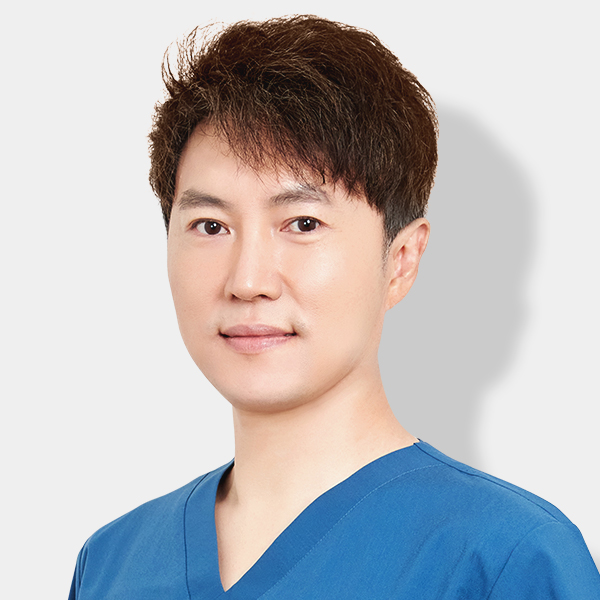이미 절개에 눈매교정한 상태야… 지금 와서 보니까 좀 궁금한게 있어서 불안도 덜 겸 물어봐.
궁금한건 여러 가지지만 한 가지라도 조언 준다면 엄청나게 고마울 것 같아.
1. 예사들이 봤을 때 내 예전 눈이 지방 많고 매몰보다 절개를 해야 하는 눈이야?
2. 안검하수같아? 그리고 혹시 안검하수로 눈교 받은 예사 중에 실비 환급받았던 사람 있는지도 궁금해
3. 쌍수 라인 어때보여? 저기서 얼마나 많이 내려올까?
4. 절개쌍수는 원래 실밥부분에서 피 많이나?
설명을 좀 덧붙이자면…
일단 나는 지방사람이고, 손품, 발품 팔 시간이 없었어. 가족의 지인이 열 명 넘게 소개시켜줬다는 서울 강남역 성형외과 예약 잡고 예약금 내고 가족 차 타고 그냥 올라가서 해버렸어.
원장님은 1명뿐이었어. 실장과 먼저 상담하고 원장님을 만났어. 원장님은 좀 껄렁?한 스타일이고 자부심은 있어 보였어. 보자마자 내 눈이 작고, 꼬막눈이고(여기까지는 누가봐도 알수있었어) 눈두덩이에 지방이 많아서 매몰로는 안되고 절개로 해야하고 안검하수라서 눈동자가 잘 안보이니 눈매교정을 하는게 좋겠다고 했어. 앞트임도 추천하셨어.(예사들이 보기엔 어떨지 모르겠어. 내가 절개는 흉터 남지 않나요?하니까 의사 실력에 따라 결정된다 하더라구)
사진 보여주라고 해서 얇은 쌍꺼풀이 있는 사람 사진으로 보여드렸어. 난 사실 원하는 스타일이 뚜렷하지 않았고(이 부분이 내 가장 큰 잘못인 것 같아)그냥 자연스럽고 어울리게 하고 싶었거든. 사실 인아웃인지 인라인인지는 내가 잘 모르겠지만 인아웃인거같아서 그렇게 말하기도 했어. 사진 보고 이정도? 내가 너무 티나게는 하지않고 자연스럽게 하는 스타일이긴 해~이러셨어.
그런데 내가 이미 예약한 환자라서 그런건지? 원래 그러시는건지? 좀 대충인 느낌이었어. 그 왜 여기서 보니까 막대기로 라인을 잡는다고도 하고(디자인) 그러면서 몇 mm인지 정하기도 한다고 하잖아? 상담때 그런걸 전혀 안했어. 상담 끝내고 절개 눈매교정 결정하고(앞트임은 넘 비싸다생각해서 안하기로 했어) 실장님한테 몇 미리인지는 안정하나요?하고 물어봤는데 그게 뭔지 되묻더니 내가 라인 높이라고 설명하자 아~하고 좀 있다 원장님하고 정한다는 거야. 그래서 난 수술실에서 디자인 정하나 보구나~ 하고 가운 입고 갔는데 원장님이 알아서 펜으로 내 눈에 슥슥 그리더니 앉아서 눈 떠보라고 하고 다시 눕고 그다음 수면마취였어. 일어나 보니 수술이 끝나있었고…
지금으로 말할 것 같으면 많이 불안해. ‘디자인’도 안 하셨고 그렇다고 내가 보여준 사진을 유심히 보는 눈치도 아니었고… 지금 부어오른 눈을 보니까 눈썹이랑 눈 사이가 너무 가까워져서 인상이 빡세보이는거 같기도 하고(그전이 너무 흐리멍텅해서 더 그런거같기도) 왠지 내가 보여드린 사진보다 라인도 너무 높아보이고 부자연스러워보여서 인라인, 속쌍이라고 말했어야했나 후회도 되고… 또 특이점은 피가 잘 안 멎어서 자꾸 피딱지가 생기고 눈꼬리랑 눈 앞머리로 흘러내릴 정도야. 언젠가 멎겠거니 하면서 찜질하고있어ㅋㅋ
다시 말하자면 궁금한건 여러 가지지만 한 가지라도 조언 준다면 엄청나게 고마울 것 같아.
1. 내 예전 눈이 정말로 지방 많고 매몰보다 절개를 해야 하는 눈이야?
2. 안검하수같아? 그리고 혹시 안검하수로 눈교 받은 예사 중에 실비 환급받았던 사람 있는지도 궁금해
3. 쌍수 라인 어때보여? 저기서 얼마나 많이 내려올까?
4. 절개쌍수는 원래 실밥부분에서 피 많이나?
 님
님
 익명
익명




 익명
익명 









